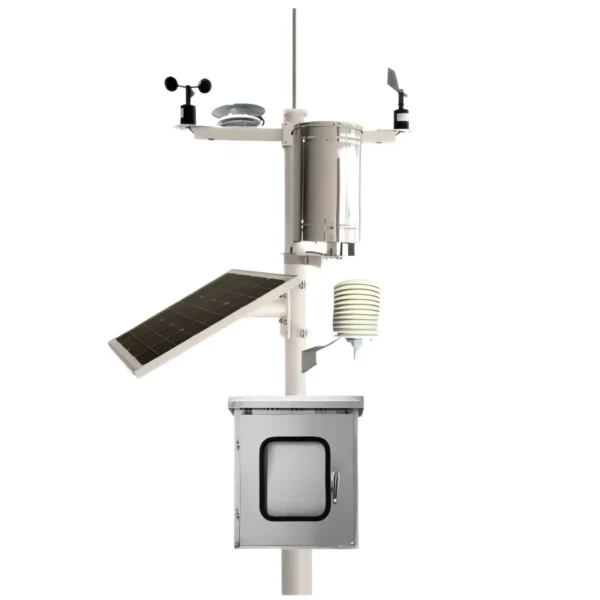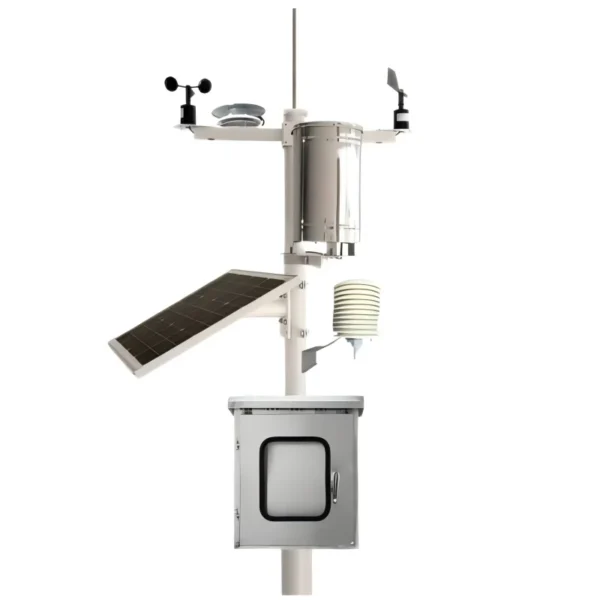
# Automatic Weather Station: Advanced Technology for Accurate Meteorological Data Collection
Automatic Weather Stations (AWS) have revolutionized the way meteorological data is collected and analyzed. These advanced systems are designed to provide accurate and real-time weather information, which is crucial for various industries, including agriculture, aviation, and disaster management.
## What is an Automatic Weather Station?
An Automatic Weather Station is a sophisticated system that consists of various sensors and instruments to measure atmospheric conditions. These sensors are capable of recording data such as temperature, humidity, wind speed, wind direction, rainfall, and atmospheric pressure. The data collected is then transmitted to a central database for analysis and dissemination.
### Key Components of an Automatic Weather Station
– Sensors: These are the primary components that measure different weather parameters. Common sensors include thermometers, hygrometers, anemometers, and barometers.
– Data Logger: This device records the data collected by the sensors. It ensures that the data is stored accurately and can be retrieved for analysis.
– Communication System: AWS systems are equipped with communication modules that transmit data to a central server. This can be done via satellite, cellular networks, or the internet.
– Power Supply: Most AWS systems are powered by solar panels, ensuring continuous operation even in remote locations.
## Benefits of Using Automatic Weather Stations
The use of Automatic Weather Stations offers numerous advantages:
– Accuracy: AWS systems provide highly accurate and reliable data, which is essential for making informed decisions.
– Real-Time Data: The ability to collect and transmit data in real-time allows for timely weather forecasts and alerts.
– Cost-Effective: Automated systems reduce the need for manual data collection, saving time and resources.
– Remote Monitoring: AWS can be deployed in remote and inaccessible areas, providing valuable data where traditional methods are impractical.
## Applications of Automatic Weather Stations
Automatic Weather Stations are used in a variety of applications:
– Agriculture: Farmers rely on AWS data to make decisions about planting, irrigation, and harvesting.
– Aviation: Accurate weather data is crucial for flight planning and safety.
– Disaster Management: AWS systems provide early warnings for natural disasters such as hurricanes, floods, and droughts.
– Research: Scientists use AWS data to study climate patterns and environmental changes.
## Conclusion
Automatic Weather Stations represent a significant advancement in meteorological technology. By providing accurate, real-time data, these systems play a crucial role in various industries and contribute to better decision-making and safety. As technology continues to evolve, the capabilities of AWS will only improve, further enhancing our ability to understand and predict weather patterns.
Keyword: automatic weather station
